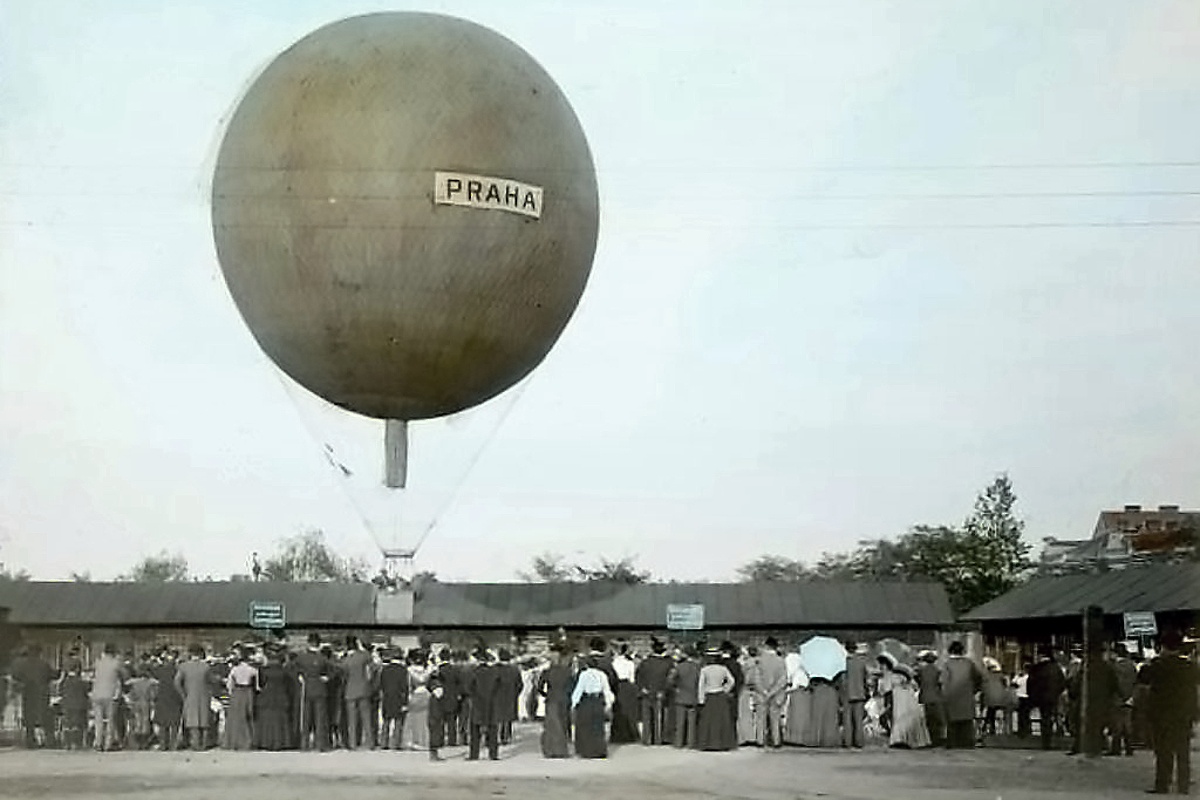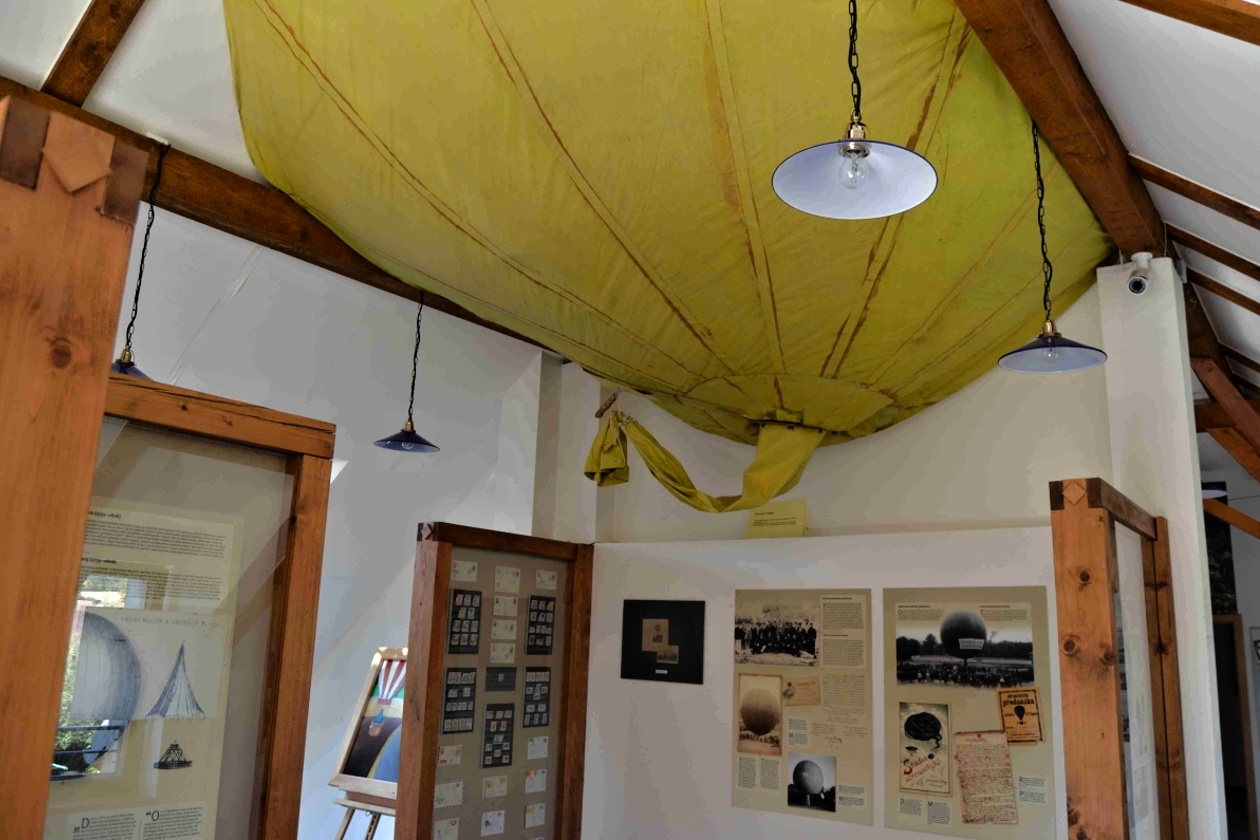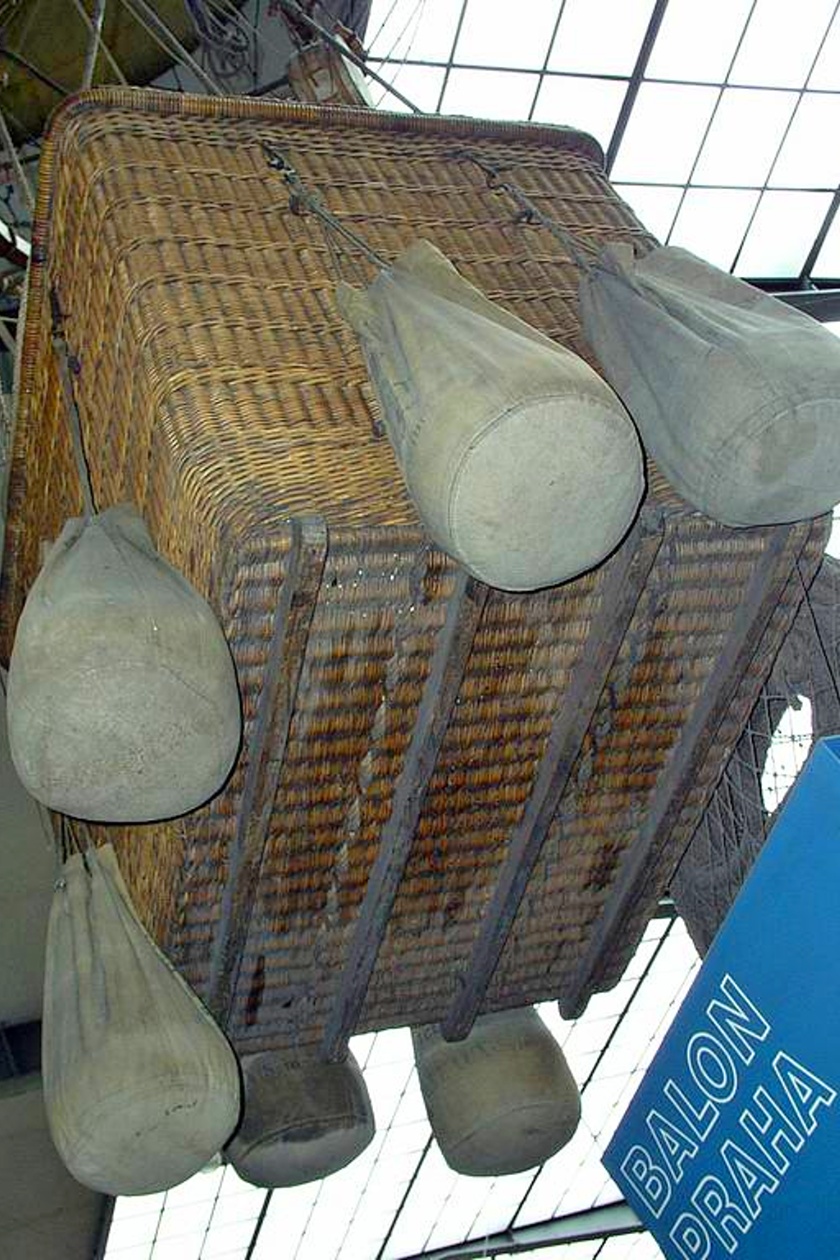The Czech comedy Adela Has Not Had Supper Yet, filmed in 1977, which is a successful parody of films about intrepid detectives and their omnipotent adversaries, probably does not need a long description. In the film, the world-famous American investigator Nick Carter is asked in a letter by the Prague police chief to investigate the mysterious disappearance of the dog Gert from a locked room. It soon becomes clear that an international criminal called the Gardener is behind him, and a wild chase through Prague ensues, resulting in the villain’s escape with the help of a balloon. The remains of this film prop, rescued from the landfill, can be viewed today in the balloon flight museum in Chotilsk. The prototype of this film aerostat was, however, a real gas balloon named Prague, which we will talk about later.
However, this balloon was also the model for the replica used in the second series of the TV series Pan Tau, in which this fairy-tale character floats through the air after Alfons Urban, who as a child flew on balloons from the Matej pilgrimage and landed on a deserted island. This story takes place in three parts, Mr. Tau Returns, Mr. Tau and Robinson, and Mr. Tau and the Too Big Balloon. For a few seconds, a similar aerostat appeared in Zeman’s film The Stolen Airship, where it caught fire and crashed during flight.
Prague
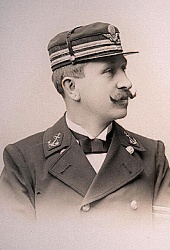
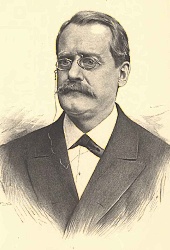
This French-made balloon was bought in 1904 by František Hůlka, a wealthy businessman, passionate aeronaut and member of the Czech Aeronautical Society, and the reason for its purchase was to replace the aging Ressel aerostat with this newer model. He made his first flight with it successfully already on September 25 of the same year, when it took off from Prague and landed near Velvar. Professor Václav Zenger also wanted to use this technological innovation, specifically to observe the solar eclipse that was supposed to occur on August 30, 1905. Unfortunately, however, there was a strong wind that day and the entire flight was eventually canceled for safety reasons. On the contrary, in September of the same year, the engineer Jan Plischke managed to take the first aerial photographs of the territory of the then Austria-Hungary with his camera. F. Hůlka flew with it for the last time on October 18, 1908, accompanied by journalist and editor Heinz. In the end, during the entire period of its operation, the balloon got into the air only four times.
The 1,000 m³ container weighed 162 kg and consisted of 32 stitched pieces of pergalum (cotton fabric with a strength of 1,000 kg/m²) painted with four layers of impermeable varnish. The valve that kept the gas in it was made of walnut wood with 12 horizontal springs. These were then connected by 16 straps and the same number of screws. The net holding the packaging was made of Italian hemp rope with a thickness of 3 mm and consisted of 128 diamonds. At the end of this net there were 32 ropes anchored to a hanging ring of oak wood that connected the basket to the net. The basket was woven from Spanish wicker and reeds. Four ropes with a thickness of 16 mm and a strength of 1600 kg were intertwined with it. The rope leading to the 20 kg anchor was 40 m long, the towing rope was 66 m long and weighed 30 kg. The net, the basket and the circle of the balloon are on display today in the traffic hall of the National Technical Museum in Prague.
| Manufacturer | Godard |
| Crew | 1 pilot |
| Capacity | probably 1-2 passengers |
| Aircraft type | aerostat (balloon) |
| Content | 1000 m³ |
| Volume | 39 m³ |
| Diameter | 12 m |
source:
https://stary-web.ntm.cz/heslar/balon-praha
https://cs.wikipedia.org/wiki/Adéla_ještě_nevečeřela
https://cs.wikipedia.org/wiki/Seznam_dílů_seriálu_Pan_Tau
https://www.novinky.cz/clanek/vase-zpravy-v-chotilsku-maji-balon-z-filmu-adela-jeste-nevecerela-40137016

